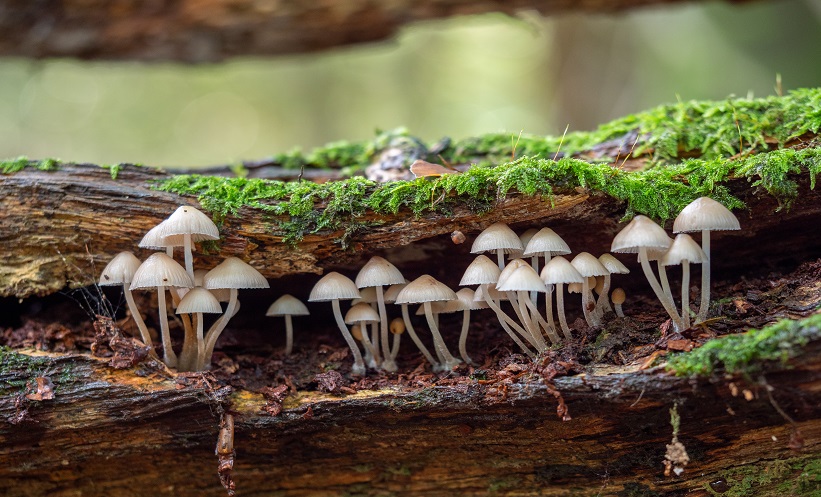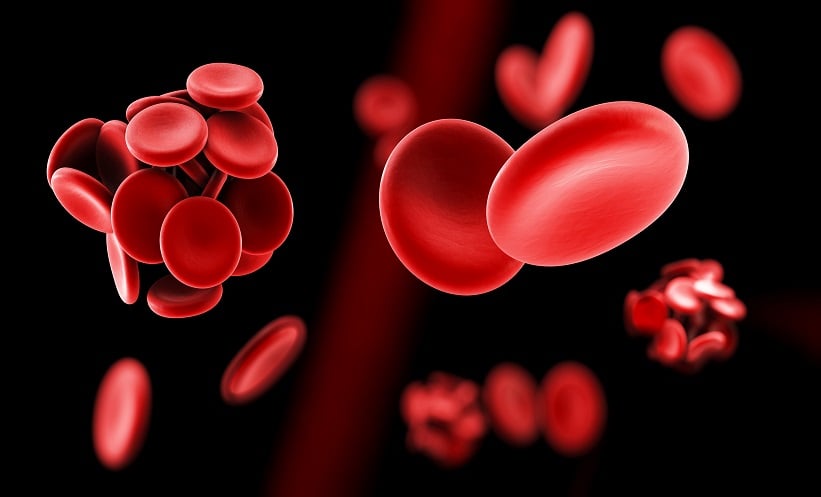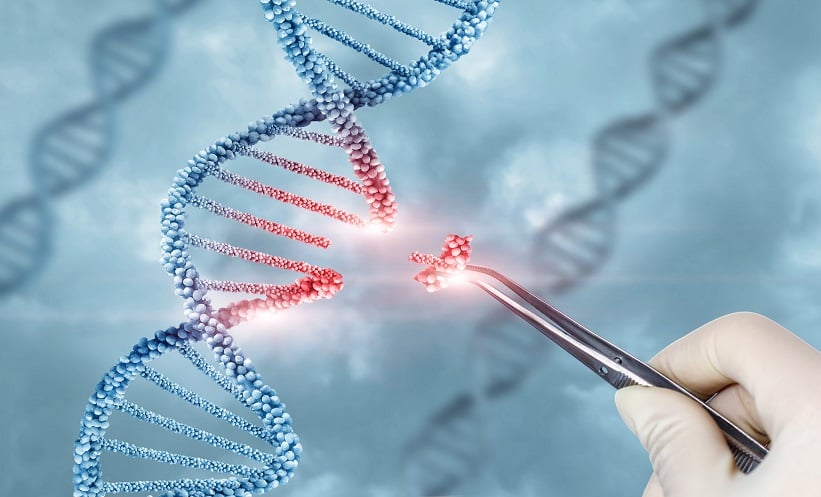In a breakthrough that could lead to powerful new cancer treatments, researchers have identified a novel class of fungal compounds with potent anticancer properties.
A team of scientists has uncovered a distinct group of ribosomally synthesized and post-translationally modified peptides (RiPPs), dubbed asperigimycins, produced by six different species of fungi. These compounds feature a rare and complex molecular structure, including a unique heptacyclic scaffold built around a benzofuranoindoline core.
Although one member of this family, asperigimycin B, showed little activity against cancer, researchers enhanced its potency through chemical engineering. By adding specific lipid groups to its N-terminal end, they developed a derivative known as 2-L6, which demonstrated anticancer effectiveness at nanomolar concentrations, rivalling that of existing antileukemia drugs.
One key discovery came through high-throughput CRISPR screening, which identified the human cell transporter SLC46A3 as essential for ferrying 2-L6 into cells. This insight could be critical for future drug development and delivery.
The naturally occurring asperigimycins C and D already showed anticancer activity, thanks to a pyroglutamate modification at their N-termini. Inspired by this, the researchers’ lipid modification strategy on asperigimycin B has opened a new path for synthetic enhancement of RiPPs.
Reference
Nie Q et al. A class of benzofuranoindoline-bearing heptacyclic fungal RiPPs with anticancer activities. Nat Chem Biol. 2025;doi: 10.1038/s41589-025-01946-9.







